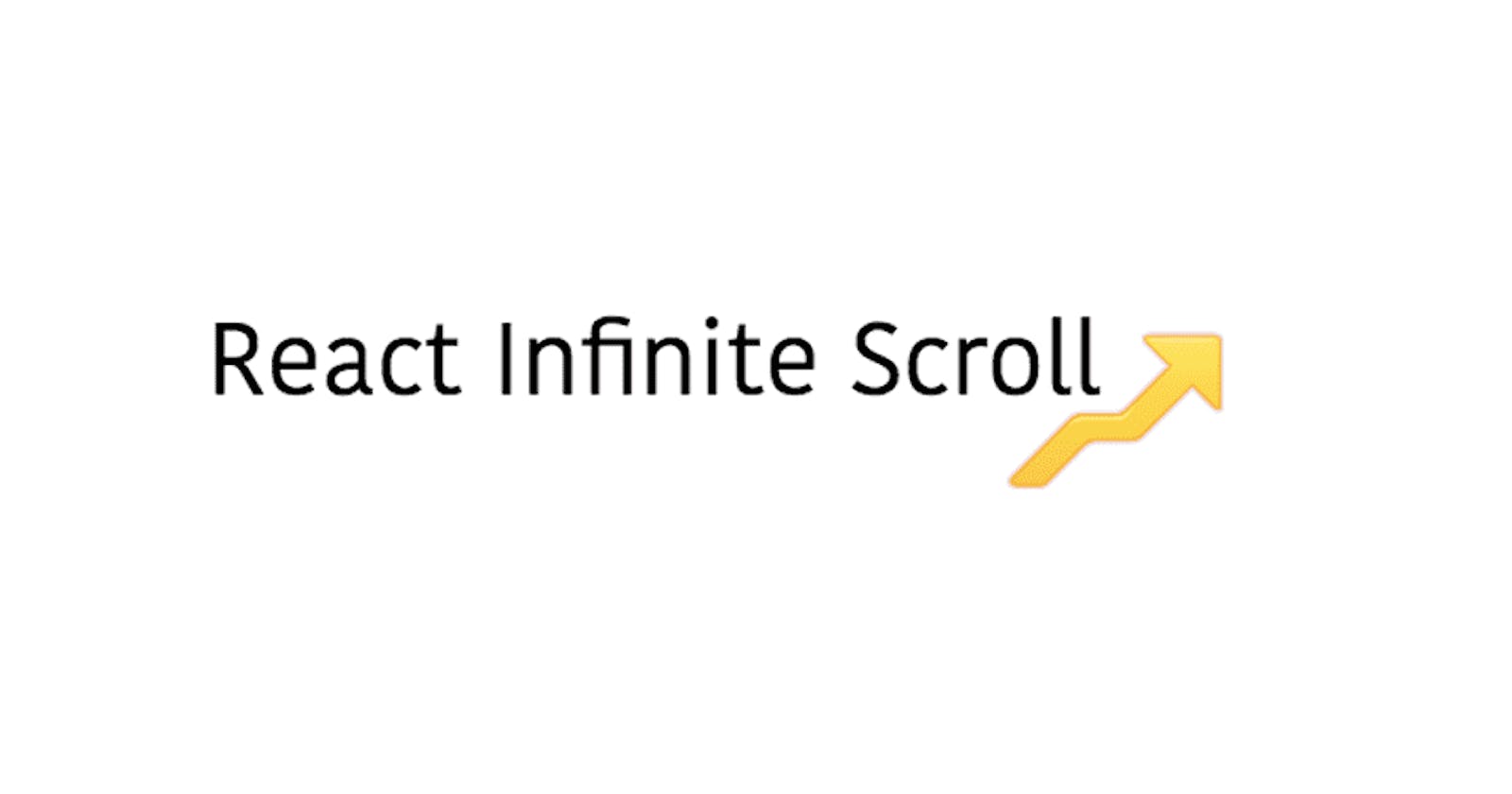Infinite scrolling is a powerful technique used to enhance user experience when dealing with long lists of content. Rather than displaying all the data at once and overwhelming the user, infinite scrolling loads more content as the user scrolls down the page. In this article, we'll explore how to implement infinite scrolling in a React application, using a combination of state management, event listeners, and conditional rendering.
Getting Started
To implement infinite scrolling, we'll start by creating a component that displays a list of items. We'll name this component InfiniteScrollList.
State Management
First, set up the necessary state to track the current page or offset. This is crucial for determining which set of items to load next. We'll use React's useState and useEffect hooks for this.
import React, { useState, useEffect } from 'react';
function InfiniteScrollList() {
const [items, setItems] = useState([]);
const [page, setPage] = useState(1);
// Load items whenever the page changes
useEffect(() => {
loadItems();
}, [page]);
// Function to load more items
const loadItems = () => {
// Implement your logic to fetch more items (e.g., from an API)
// Append the new items to the existing ones
// Update the state using setItems
};
// ...
}
Scroll Event Listener
Next, add a scroll event listener to the window object to detect when the user reaches the bottom of the page. This is the trigger for loading more items.
useEffect(() => {
const handleScroll = () => {
// Calculate how close the user is to the bottom
const scrollPosition = window.innerHeight + window.scrollY;
const scrollMax = document.body.offsetHeight;
if (scrollPosition >= scrollMax) {
// User has reached the bottom, load more items
setPage(page + 1);
}
};
window.addEventListener('scroll', handleScroll);
// Clean up the event listener when the component unmounts
return () => {
window.removeEventListener('scroll', handleScroll);
};
}, [page]);
Rendering Items
Now, in the render function of your component, map over the items array and render each item.
return (
<div>
{items.map((item, index) => (
<div key={index}>{/* Render your item here */}</div>
))}
</div>
);
Conditional Rendering
To provide a smooth user experience, consider showing a loading indicator while new items are being fetched.
return (
<div>
{items.map((item, index) => (
<div key={index}>{/* Render your item here */}</div>
))}
{loading && <div>Loading...</div>}
</div>
);
Conclusion
Implementing infinite scrolling in a React application can significantly improve the way users interact with long lists of content. By progressively loading more items as the user scrolls down, you create a seamless and engaging browsing experience. Remember that while the steps provided here offer a simplified overview, you'll need to tailor the implementation to your specific data fetching logic, error handling, and design requirements.
